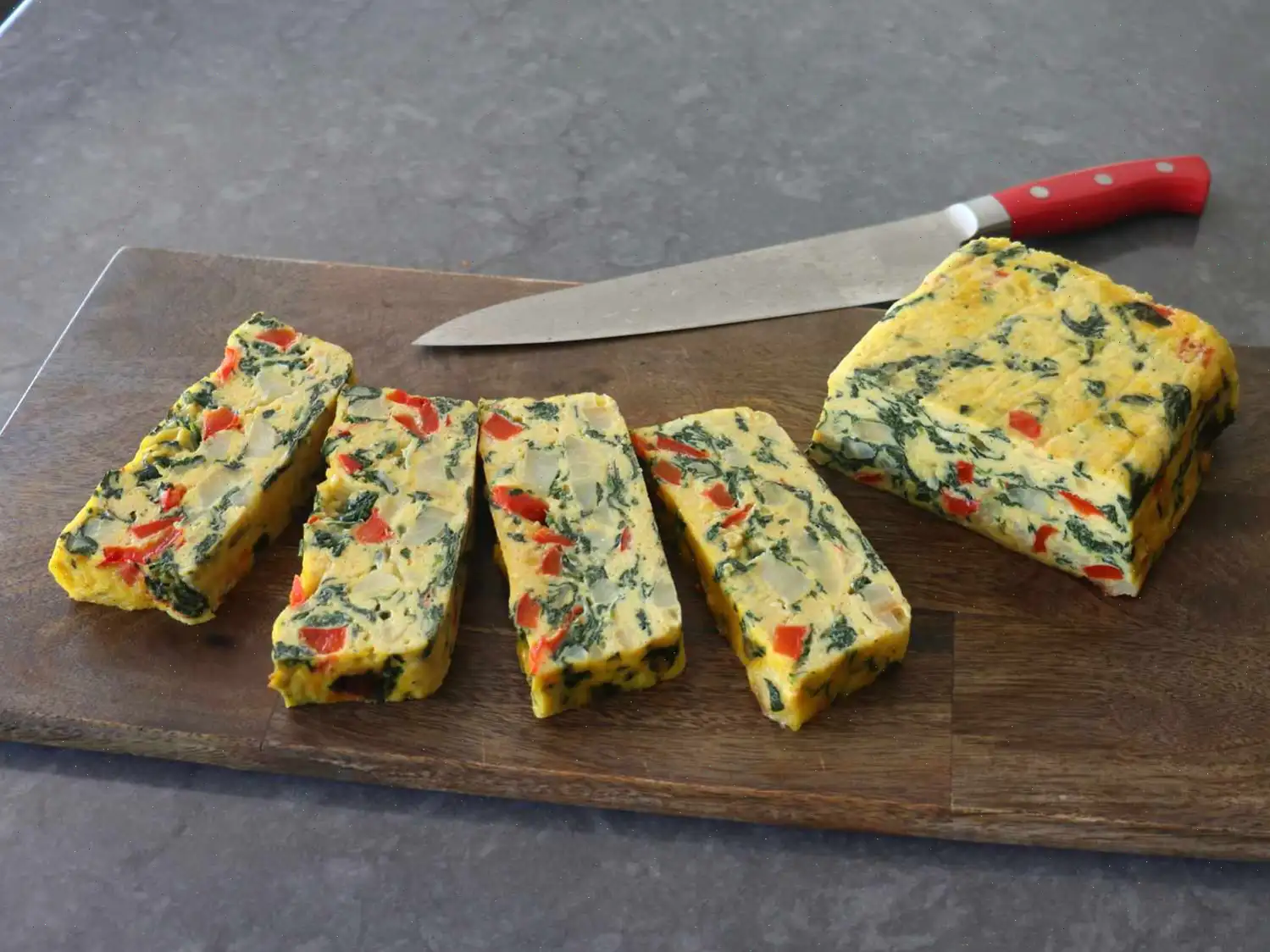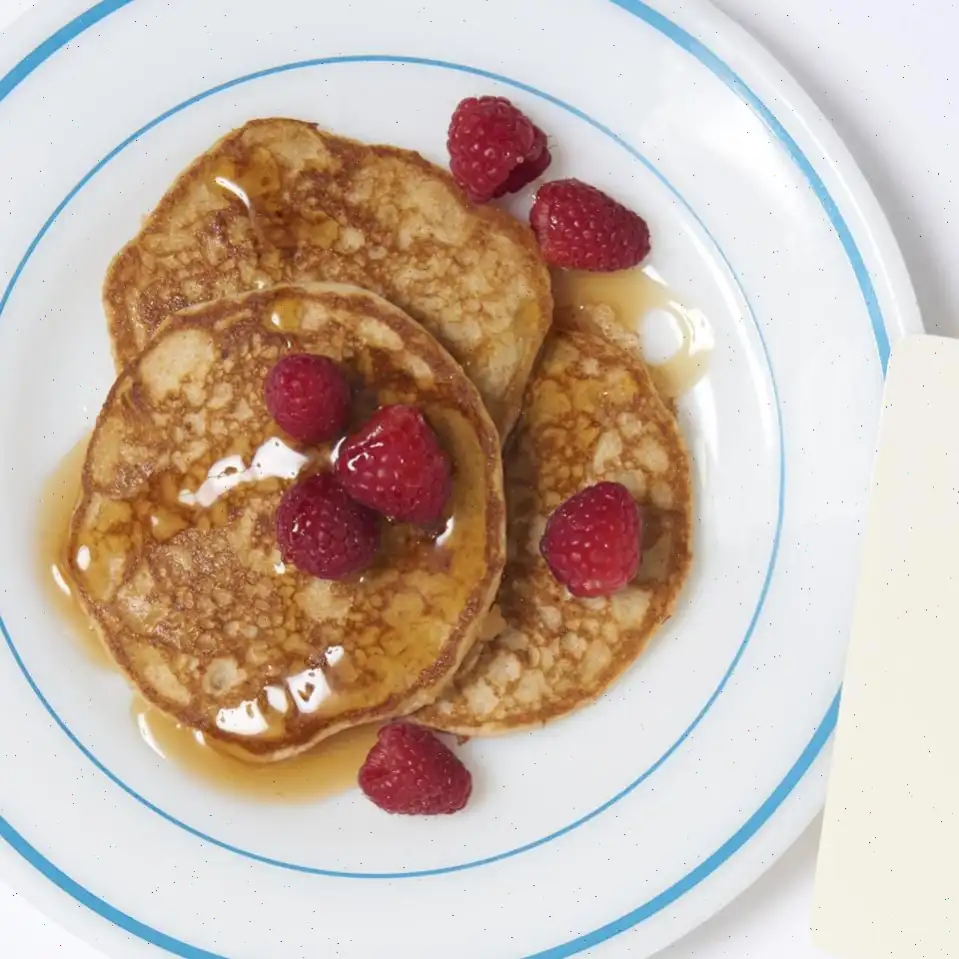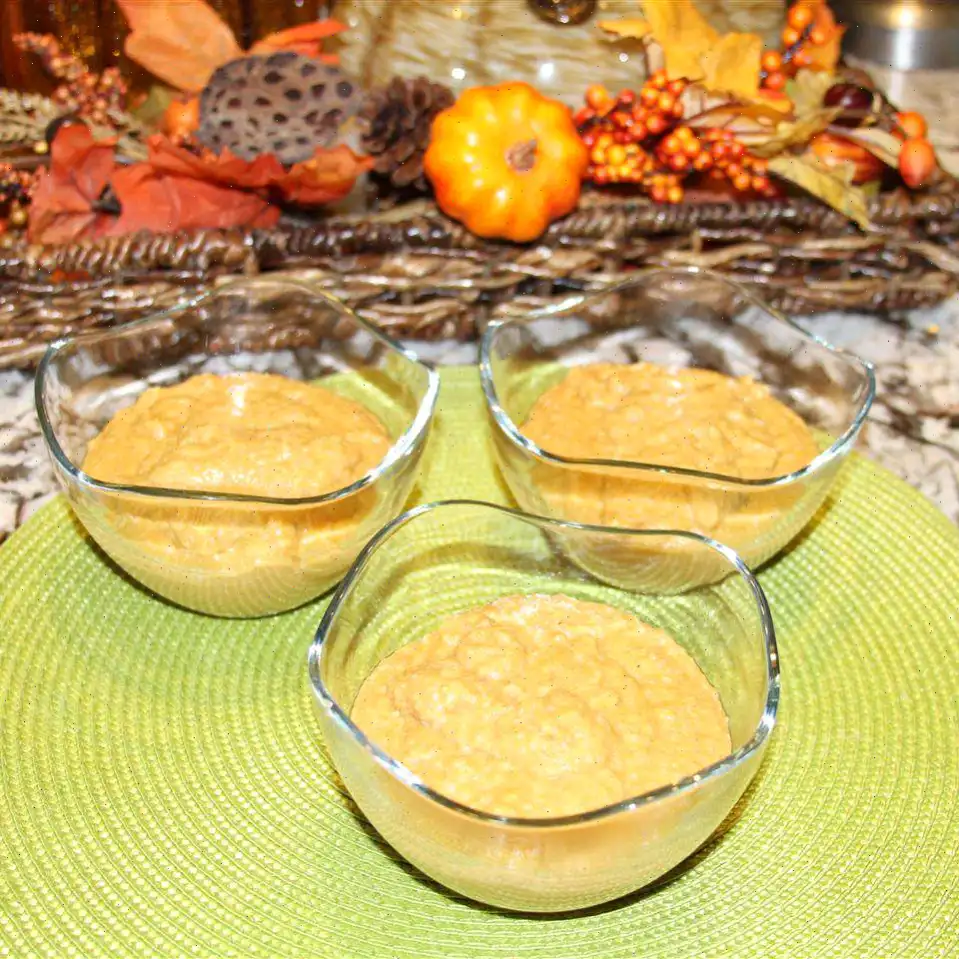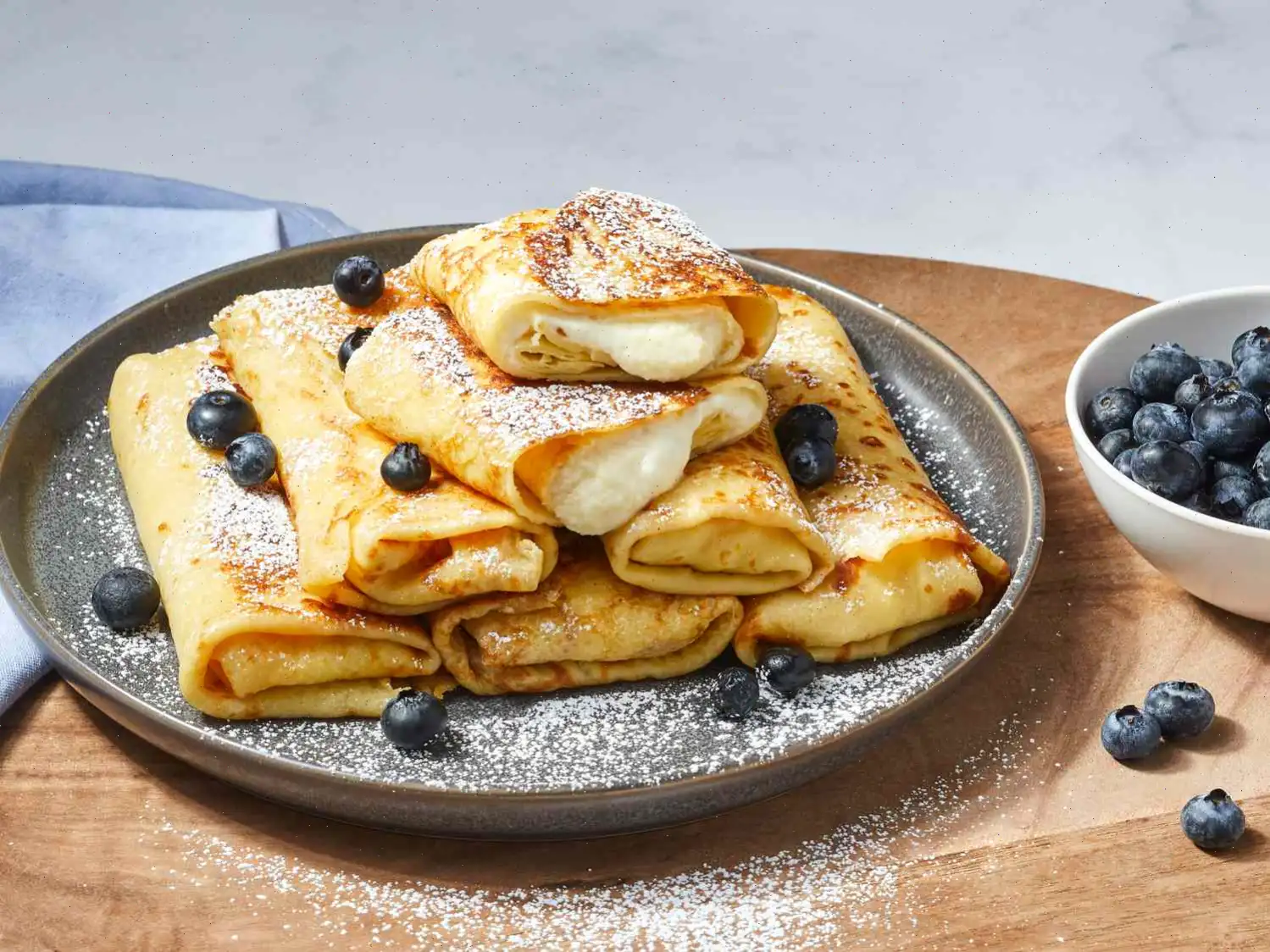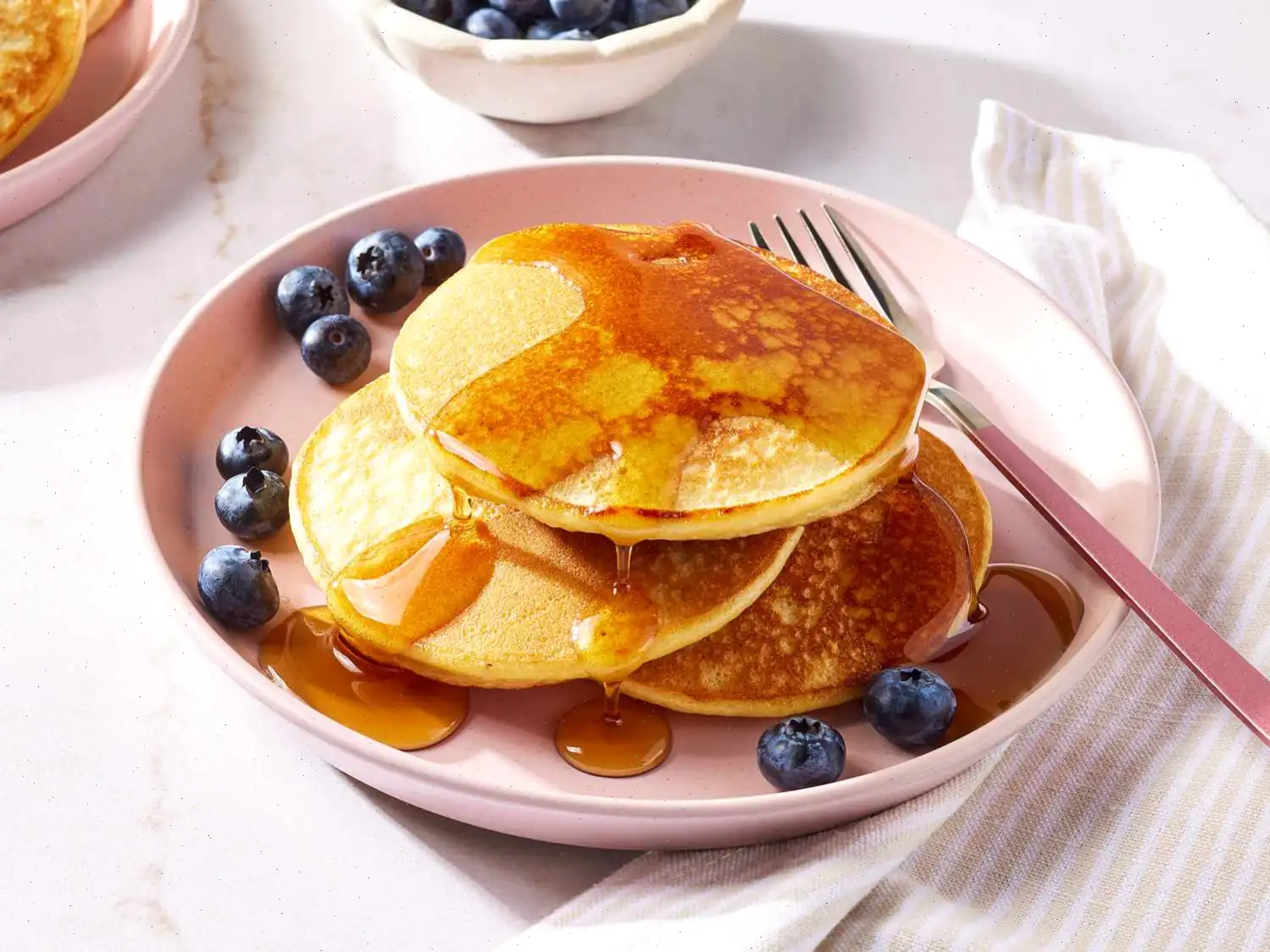
Loaf Pan Frittata Recipe
Ingredients
This recipe is based on the original yield of 8 servings. Quantities will scale automatically, but cooking times remain the same. Note that results may vary slightly with scaling.
- 1/4 cup olive oil, divided
- 10 ounces baby spinach
- 12 large eggs
- 1 1/2 teaspoons kosher salt
- 1/2 teaspoon freshly ground black pepper
- 1 pinch cayenne pepper
- 1/2 cup sliced onion or shallot
- 1 large red bell pepper, seeded and diced
- 1 1/2 cups sliced cooked potatoes
- 4 ounces mild Cheddar or Fontina cheese, shredded
Directions
- Preheat your oven to 350F (180C). Grease a 9x5-inch loaf pan and line it with parchment paper.
- Heat 1 tablespoon of olive oil in a large skillet over medium-high heat. Add the spinach and stir gently until just wilted, about 1-2 minutes. Transfer the spinach to a strainer over a bowl and allow it to cool. Once cool enough to handle, squeeze out excess water and set aside.
- Crack the eggs into a bowl. Whisk in the salt, black pepper, and cayenne until the mixture is uniform. Refrigerate until ready to use.
- In the same skillet, add the remaining olive oil over medium-high heat. Toss in the shallots, red bell pepper, and a generous pinch of salt. Cook, stirring, until the peppers are nearly tender, approximately 4 minutes. If the vegetables start browning too quickly, reduce the heat to medium.
- Add the cooked potatoes to the skillet. Season with salt to taste and cook, stirring occasionally, until the vegetables are tender and potatoes are warmed through.
- Return the spinach to the skillet and pour in the egg mixture. Cook gently, stirring constantly, until the eggs form a soft, creamy scramble. Remove from heat and fold in the shredded cheese.
- Transfer the mixture to the prepared loaf pan. Tap the pan lightly on the counter to settle the ingredients evenly.
- Bake in the preheated oven for 20-25 minutes, or until a bamboo skewer inserted near the center comes out clean. Baking time may vary depending on the type and quantity of vegetables.
- Allow the frittata to cool for about 10 minutes before removing it from the pan. Serve hot, warm, at room temperature, or chilled.
Nutrition Facts (per serving)
- Calories: 273
- Total Fat: 19g (24%)
- Saturated Fat: 6g (30%)
- Cholesterol: 293mg (98%)
- Sodium: 467mg (20%)
- Total Carbohydrate: 12g (4%)
- Dietary Fiber: 2g (7%)
- Sugars: 2g
- Protein: 15g (30%)
- Vitamin C: 38mg (42%)
- Calcium: 189mg (15%)
- Iron: 3mg (16%)
- Potassium: 531mg (11%)
The Story and Charm of the Loaf Pan Frittata
The frittata, a classic Italian egg-based dish, has roots dating back to ancient Rome, where simple combinations of eggs, herbs, and vegetables were cooked over open fires. Over centuries, this versatile dish evolved, spreading throughout Europe and eventually gaining popularity in North America. The loaf pan frittata represents a modern twist on the traditional skillet version, offering convenience without sacrificing flavor.
Regional Characteristics
While traditional frittatas are commonly associated with central and southern Italy, particularly regions like Tuscany and Emilia-Romagna, the loaf pan version has a more contemporary, global appeal. Using a loaf pan allows for even baking and easier slicing, making it ideal for casual brunches or packed lunches. Different regions may incorporate local vegetables, cheeses, or cured meats, which gives each loaf pan frittata its own unique character. For example, Italian coastal regions might favor zucchini and tomatoes, while inland areas may include potatoes and spinach.
Differences from Similar Dishes
The loaf pan frittata differs from traditional omelets and quiches in several ways. Unlike an omelet, it is baked rather than folded on the stovetop and is typically thicker, yielding a firm yet tender texture. Unlike quiche, it requires no pastry crust, making it lighter and more focused on the filling itself. The combination of vegetables, cheese, and eggs in a loaf pan allows for consistent cooking and easy portioning, which is not always achievable in skillet-based frittatas.
Typical Serving Settings
Loaf pan frittatas are versatile in serving. They can be enjoyed hot, warm, or even cold, making them suitable for breakfast buffets, brunch gatherings, picnic lunches, or light dinners. Their neat loaf shape allows for attractive presentation and convenient slicing, often accompanied by a fresh salad, roasted vegetables, or crusty bread. In many cafes and bistros, this dish is a popular choice for a satisfying yet visually appealing meal.
Interesting Facts
One interesting fact about loaf pan frittatas is that they can be highly customizablenearly any vegetable, cheese, or leftover ingredient can be incorporated, reducing food waste. In Italy, the word frittata comes from the verb friggere, meaning to fry, highlighting its origins on the stovetop, even though modern variations often use baking for convenience. Additionally, the loaf pan method has gained popularity in meal prep culture because slices can be refrigerated or frozen, providing ready-to-eat, protein-rich meals throughout the week.
The loaf pan frittata exemplifies a balance of tradition and practicality. It keeps the essence of the Italian frittata while adapting to modern kitchens and lifestyles, proving that simple ingredients can create a dish that is both comforting and versatile.


